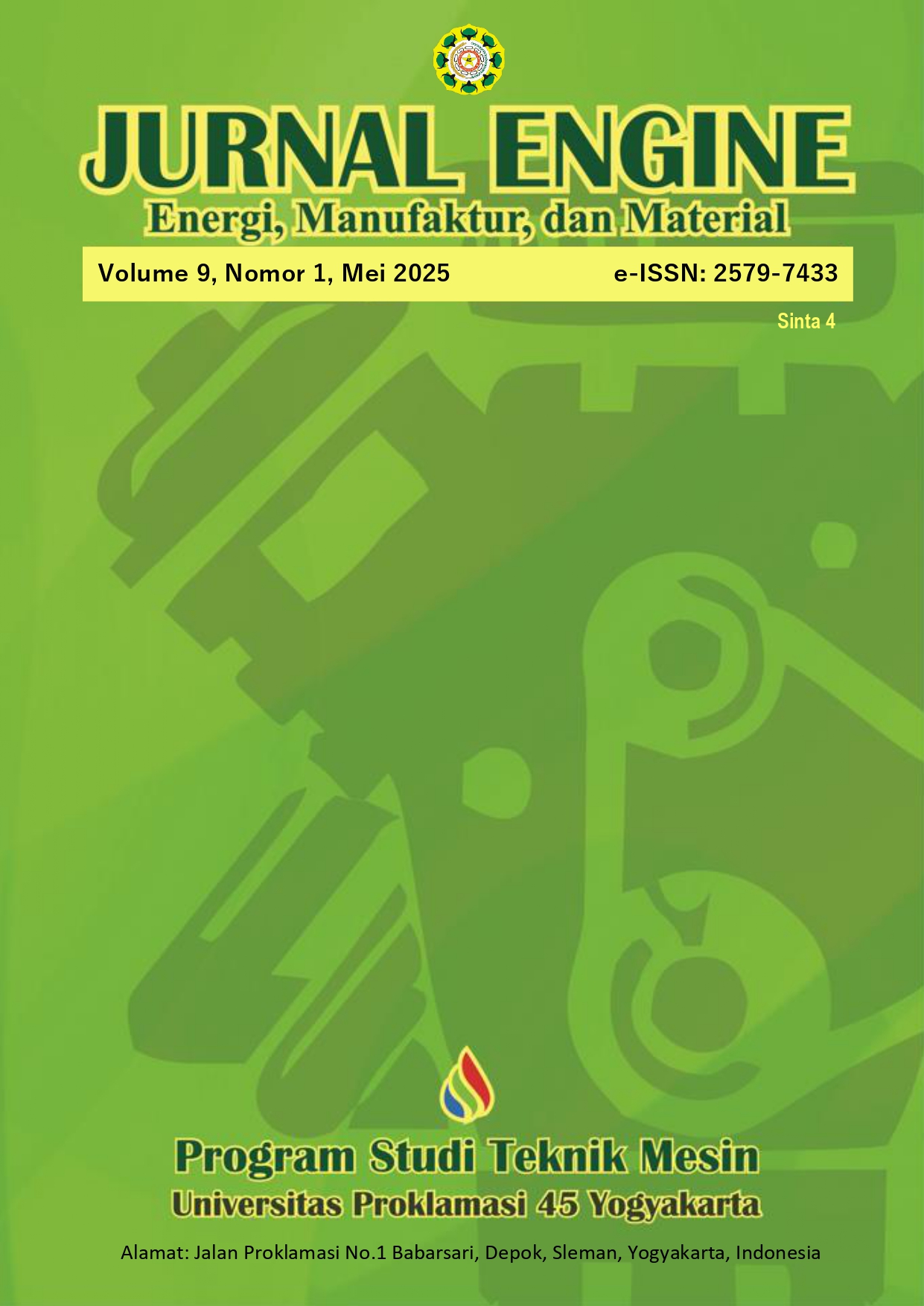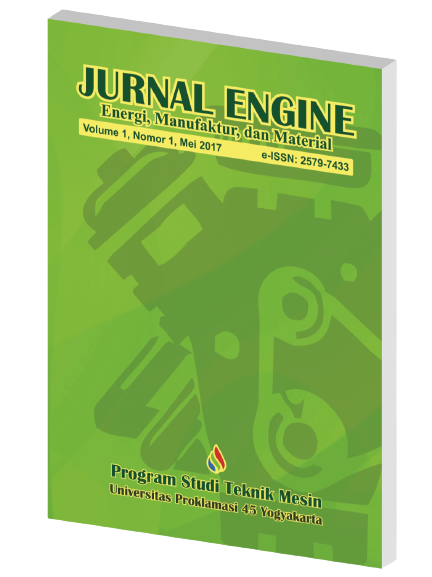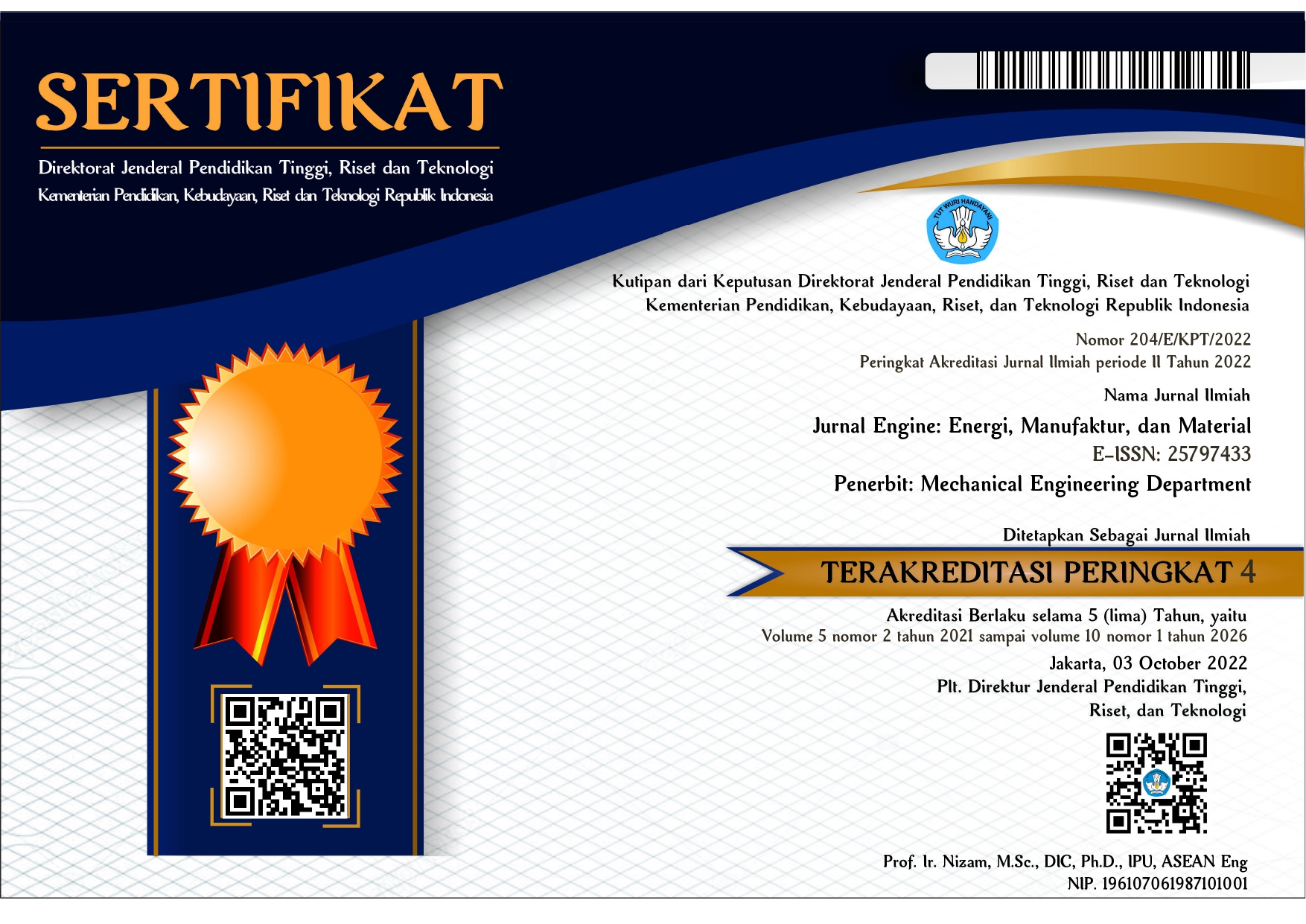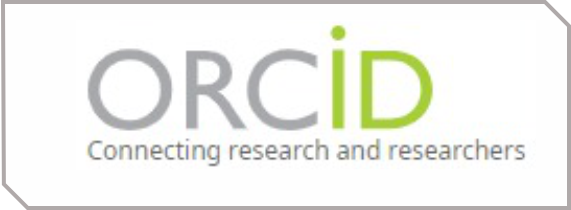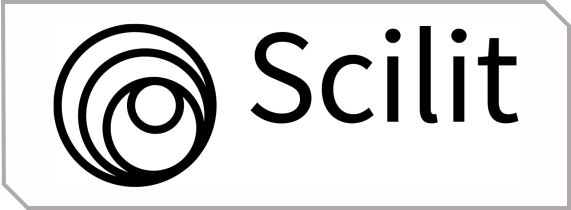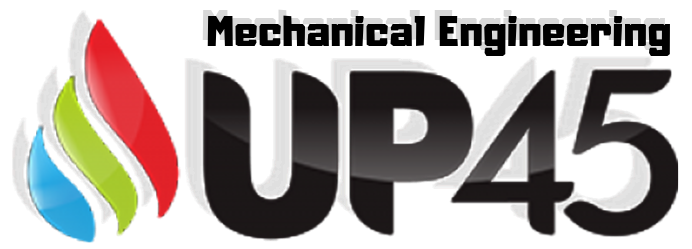Perancangan Mesin Pengering Kopi Otomatis dengan Arduino Uno
DOI:
https://doi.org/10.30588/jeemm.v9i1.2159Keywords:
Coffee drying machine, Arduino Uno, IoT, SolidWorks, Drying efficiency.Abstract
Processing of agricultural products, especially coffee, has an important role in the economy of rural communities. One of the main stages in coffee processing is the drying process, which aims to reduce the water content to an optimal level in order to maintain the quality of the coffee beans. In Mekar Buana Village, Tegalwaru District, Karawang, the drying process is still done manually, so it takes a long time and produces non-uniform quality. To overcome this problem, this research designed an automatic coffee drying machine based on Arduino Uno with the support of Internet of Things (IoT) technology. This machine allows automatic temperature and humidity settings and can be monitored remotely. Design analysis and static load stress testing were carried out using SolidWorks software to ensure the resistance of the machine structure to operational loads. The research results show that the designed machine is able to work optimally, increase the efficiency of drying time, and maintain the quality of coffee beans better than traditional methods. It is hoped that the implementation of this machine can increase the productivity of coffee farmers and support technological innovation in the agricultural sector.
References
Marliani, Sari, and Juli Yuliawati. 2023. “Analisis Profil Desa Mekarbuana Dalam Membangun Kampung Kopi Berbasis Ekowisata.” Konferensi Nasional Penelitian Dan Pengabidan (KNPP) Ke - 3 2314–24.
Rahmawati, N., Saputra, D., & Fadilah, R. (2020). Pengembangan sistem kontrol suhu otomatis pada mesin pengering kopi. Jurnal Teknologi Pertanian, 15(2), 145–155
Silaban, Robert, Kaysar Panjaitan, Binsar Maruli, Tua Pakpahan, and Batumahadi Siregar. 2020. “Efektivitas Pengeringan Biji Kopi Menggunakan Oven Pengering Terkontrol.” Virtual Seminar Nasional Hasil Pengabdian Kepada Masyarakat LPPM UNIMED (November):39–44.
Wahyudi, A., Kusuma, R. A., & Putra, H. A. (2021). Rancang bangun mesin pengering kopi berbasis pemanas listrik dengan sistem sirkulasi udara. Jurnal Rekayasa Teknologi, 9(1), 89–102.
Tika, Yuli Yan. 2022. “Mekanisme Beberapa Mesin Pengering Pertanian.” Jurnal Penelitian Fisika Dan Terapannya (JUPITER) 4(1):20. doi: 10.31851/jupiter.v4i1.7975.
Fauzi, Z. N., & Widiantoro, H. (2021). Perancangan mesin pengering biji kopi semi otomatis 25Kg. Industrial Research Workshop and National Seminar, 12.
Nurbaeti, A., Kusumawardani, M., & Darmono, H. (2021). Rancang bangun alat pengering biji kopi berbasis Internet of Things. Jurnal Jaringan Telekomunikasi, 11, 74–80
Sihombing, B. S., Kirana, I. O., Sumarno, & Poningsih. (2022). Rancang bangun mesin pengering biji kopi berbasis mikrokontroller Arduino Uno. Jurnal Ilmiah Teknik dan Ilmu Komputer, 1, 8–15.
Mawardi, I. (2020). Penerapan mesin sortasi dalam upaya efisiensi proses produksi kopi Gayo sebagai produk unggulan daerah Aceh Tengah. Jurnal Bhakti Masyarakat Indonesia, 3, 476–485.
Yani, E., & Fajrin, S. (2013). Karakteristik pengeringan biji kopi berdasarkan variasi kecepatan aliran udara pada solar dryer. Jurnal Teknika, 20.
Suprayitno, Azis, A., & Mainil, R. I. (2016). Kaji eksperimental alat pengering tenaga surya aktif pemanasan langsung berbentuk jajar genjang tipe kabinet. JOM FTEKNIK, 3.
Puspasari, F., Satya, T. P., & Oktiawati, U. Y. (2020). Analisis akurasi sistem sensor DHT22 berbasis Arduino terhadap thermohygrometer standar. Jurnal Fisika dan Aplikasinya, 16, 40–45
Satri, B. (2022). IoT monitoring suhu dan kelembaban udara dengan Node MCU ESP8266. Jurnal Teknik Informatika, 1, 2829–7342.
Sibuea, P. D. (2018). Hotplate penjaga kehangatan kopi dengan pemanas PTC aluminium berbasis mikrokontroler ATMega328. Fakultas MIPA Universitas Sumatera Utara.
Sirait, M. Z. S., Sonalitha, E., & Dirgantara, W. (2022). Kontrol prototipe ruang monitoring kesehatan berbasis Node-RED. Jurnal Teknik Elektro dan Komputer, 9, 2615–7764.
Downloads
Published
How to Cite
Issue
Section
License
Copyright (c) 2025 Deni Hidayat, Siti Nur Istiqomah (Author)

This work is licensed under a Creative Commons Attribution 4.0 International License.
Authors who publish with Jurnal Engine: Energi, Manufaktur, dan Material agree to the following terms:
Authors retain copyright and grant the Jurnal Engine: Energi, Manufaktur, dan Material right of first publication with the work simultaneously licensed under a Creative Commons Attribution 4.0 International License that allows others to share (copy and redistribute the material in any medium or format) and adapt (remix, transform, and build upon the material) the work for any purpose, even commercially with an acknowledgment of the work's authorship and initial publication in Jurnal Engine: Energi, Manufaktur, dan Material. Authors are able to enter into separate, additional contractual arrangements for the non-exclusive distribution of the journal's published version of the work (e.g., post it to an institutional repository or publish it in a book), with an acknowledgment of its initial publication in Jurnal Engine: Energi, Manufaktur, dan Material. Authors are permitted and encouraged to post their work online (e.g., in institutional repositories or on their website) prior to and during the submission process, as it can lead to productive exchanges, as well as earlier and greater citation of published work (See The Effect of Open Access).

